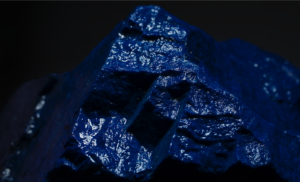Source: Brodbeck Guillochage, Fleurier. Le guillochage est un métier exigeant qui requiert une sensibilité particulière, de la dextérité, une grande concentration, de la précision, et un sens inné de l’esthétique.
Joël A. Grandjean, JSH Magazine & Swiss-Watch-Passport.ch’s editor in chief
Follow on Linkedin – Facebook – Insta JSH – Insta SWP – Subscribe to JSH

This ancient art dating back to the 15‘h century continues to fascinate and inspire today’s and tomorrow’s artisans. Evolving from its antique origins, this know-how has inspired every era with its finesse and timeless elegance.
Like a metal alchemist, the ‘Guillocheur’ breathes life into an infinite array of refined, elegant, and timeless decorations that shimmer beautifully under light.

To bring each idea to life, the guillocheur uses traditional machines from another time: “straight lines” for linear and discontinuous patterns, the so-called “tours à guillocher” for circular and concentric motifs, as well as very rare machines called “tapisserie”
Artisans work with noble materials such as gold, platinum, silver, and mother-of- pearl. One of the crucial initial steps involves meticulously adjusting the machine to set-up the pattern. Then, with skill, consistency, and patience, he guides the graver, mastering pressure and speed to create intricate symmetrical patterns, playing with shape, spacing, and intertwining.










